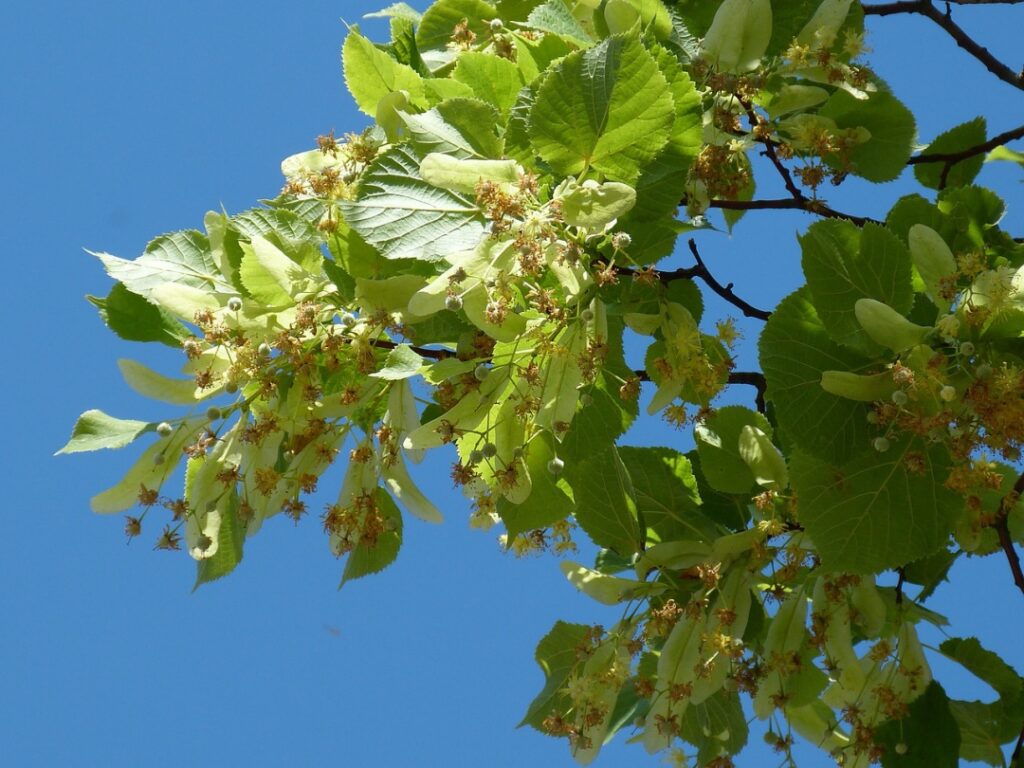
San Marino
Linden Tree
Tilia

General Description / Cultural Significance
San Marino is a small, landlocked, mountainous country in north-central Italy. Linden, or Tilia, a revered, aesthetically beautiful, deciduous shade tree with heart shaped leaves, lines the inner streets of the state’s larger cities as well as the hearts of the Sammarinese people.
In early summer the Linden flowers bloom and fill the air with their sweet honey perfume. The trees, scattered throughout both urban and wild areas blossom, attracting bees to its source of nectar for honey. The fragrant flowers are also used to scent various products and make tea.
A popular Christmas-time dish of the predominantly Catholic country is a bean soup called Fagioli con le cotiche. Another favorite dish, made from local fruit and wine is Zuppa di ciliege – a dessert made of cherries soaked in red wine and served with bread.
Climate Change / Conservation Status
San Marino, a country once known for its cool winters and warm sunny summers, which supported their farming activities of growing grain, grapes, fruit, and raising sheep, is transmuting due to climate change. The state is experiencing many of the effects of its surrounding neighbor, Italy, meaning new patterns of severe weather, floods, and drought. Reduction of freshwater resources and land degradation is now apparent, too. Climate change has also caused an extension of the Linden tree pollen season, affecting the flowering of the species with the highest recorded pollen seasons, causing prolonged allergic reactions. Over the last few decades, temperatures have increased while precipitation has decreased so rapidly that forests are struggling to adapt. In addition, an increase in urbanization and decrease in rural farm areas has led to increased air pollution and water shortages affecting Lindens and other vegetation.
Alternate Names
Lime Tree
Sources
Weryszko-Chmielewska, E., Piotrowska-Weryszko, K., & Dąbrowska, A. (2019). Response of Tilia sp. L. To climate warming in urban conditions – Phenological and aerobiological studies. Urban Forestry & Urban Greening, 43. https://doi.org/126369.
(n.d.). The Second Communication of the Republic of San Marino to the United Nations Framework Convention on Climate Change. https://unfccc.int/sites/default/files/resource/Second_NatCom_Report_SanMarino.pdf.
Republica Di San Marino, Departimento Affari Esteri, Direzione Dei Rapportt Con Le Comunita All’Estero. This statement can be found on the original World Sensorium Website.

